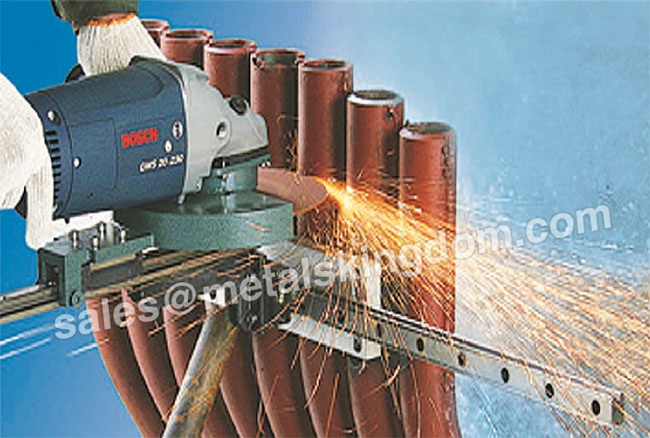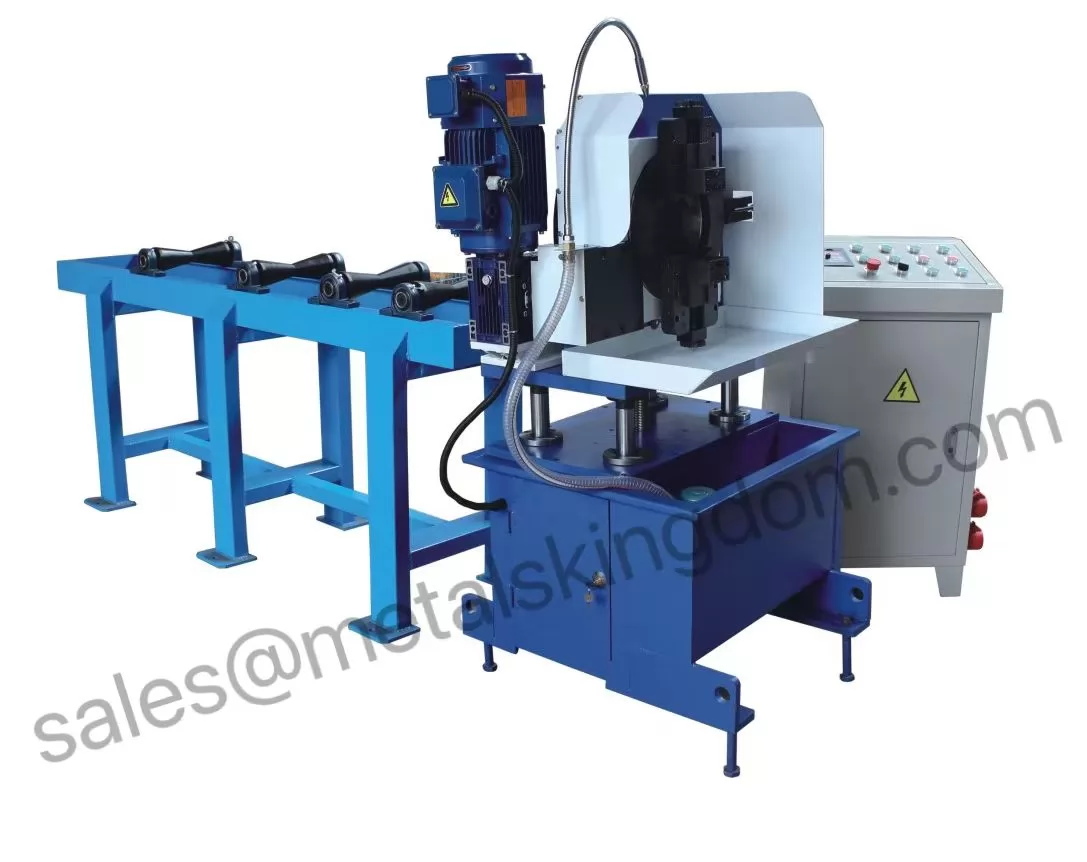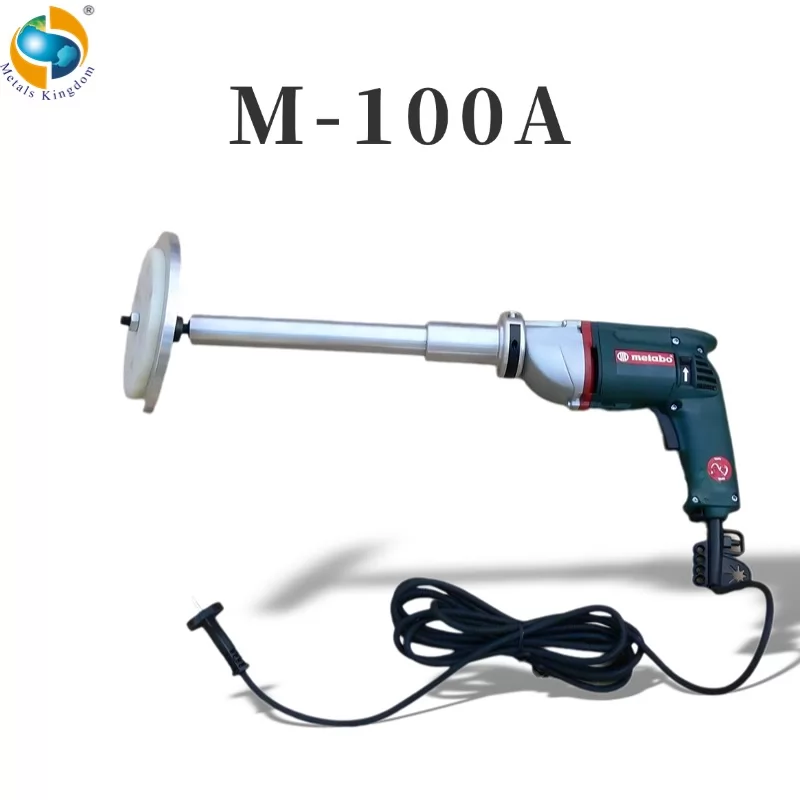Pipe chamfering is the process of forming an angle between the pipe edge or a plane perpendicular to the surface. It is used to prepare the metal for the weld by cutting a slope on the edge of the metal. For aesthetic and safety reasons, it can also be used to deburr the cutting end. From simple metal structures to complex metal structures, welding is an indispensable part of the production of pipes and has a wide range of applications. Different angles are suitable for different applications. But in most cases, the standard bevel angle is 37.5 degrees.
Important factors for chamfering
Regardless of the angle, keeping the angle within tolerance is critical to forming a good bevel. Another important factor in achieving a good bevel angle is its length. The length of the bevel must be consistent, which is very important because consistency can make welding on the road easier. A consistent bevel will strengthen the weld, make it stronger and help maintain its integrity. In any pipe beveling machine, speed is always a factor. It should be able to complete the process in the absolute fastest cycle time. After all, time is money. When adding the bevel tool to the assembly operation, ask the following questions:
Are there no emissions from the chamfering tool?
Will there be oxide-free cutting edges?
What is the speed of the beveling machine?
Is it easy to adjust?
Is the type of weld bend or radius?
The fixed pipe bevel tool will chamfer the end of the pipe. These tools can quickly and accurately chamfer the ends of pipe sections. These tools have simple and safe operation, variable milling speed control function, very suitable for pipe manufacturers.
J slope and V slope
Most pipe beveling machines require metal removal at a constant angle relative to the end of the pipe. When both parts of the pipe to be welded have this bevel, the gap formed by the two bevel edges will be represented by the letter "V". During the welding process, the gap is filled with molten metal and provides adhesion between the parts. The chamfering machine can speed up this process.
Another method is "J bevel". The metal removed from the pipe part forms the letter "J". The angle of the J bevel is not consistent, but it bends upward toward the edge of the pipe. The advantage of J bevel is that it keeps the bonding layer more uniform and uses less material to fill the gap.

Pipe Beveling Machines
Types of pneumatic tools for various applications
There are many types of pneumatic tools available for pipe beveling and flat beveling. The pneumatic hand-held beveling machine can mill various metals, such as aluminum, stainless steel, and carbon steel. These edge milling pneumatic tools are lightweight, fast, generate no dust, and have low maintenance costs. They are also very versatile. The same machine can apply notches, radii, and right bevels.
Pipe beveling tools can use carbide blades to mill metals such as aluminum, stainless steel, and carbon steel to produce various angles and radii. The speed of these chamfering tools is 10 times faster than the grinding speed, high quality, lightweight, can reduce the fatigue of workers, reduce noise, and produce no wear debris under healthy working conditions.
Using a high-speed fixed mechanical beveling machine, straight beveling can be applied to smaller workpieces. Some stationary mechanical beveling machines,
The high-performance plate beveling machine uses highly abrasive ceramic sanding belts, which can bevel the edges of thick and large plates and multiple smaller pieces in one clamping.












